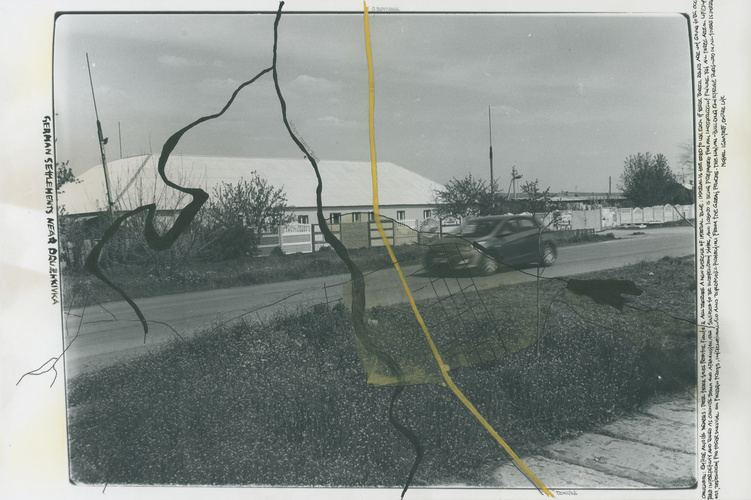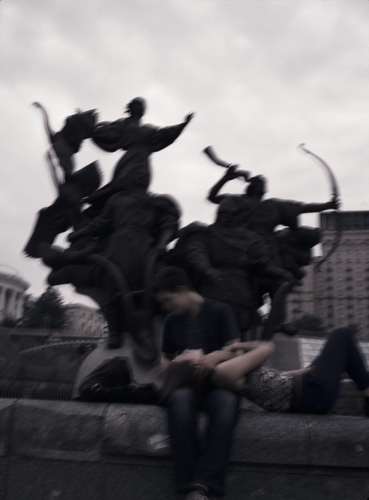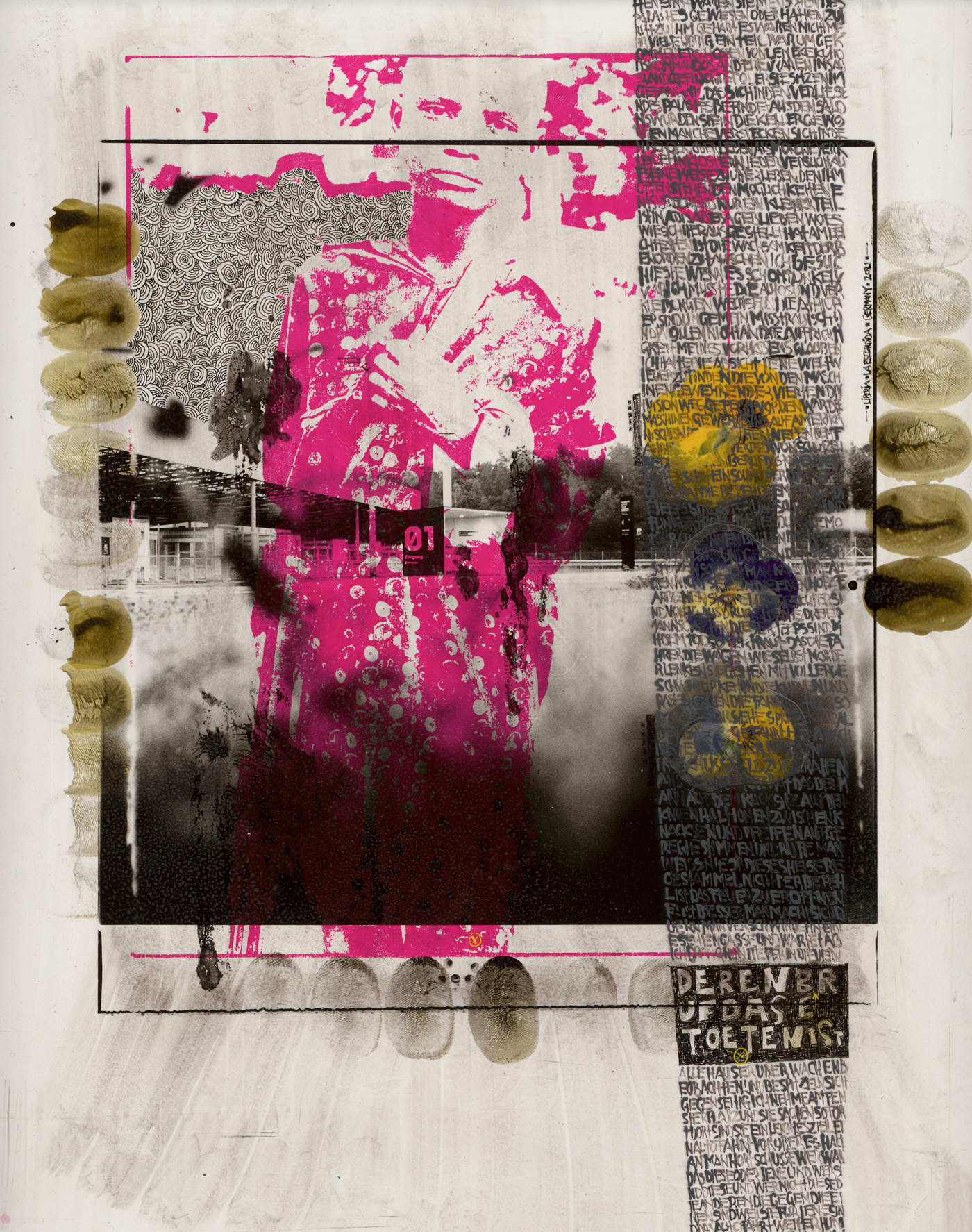
Relentlessness – Olivier Del Fabbro in 3 Quarks Daily
„
…
While repairing roofs Andryi has been exposed, both indirectly or directly, to a variety of weaponry: mortars, snipers, rockets, you name it. “When we repaired roofs, artillery fire was constantly active. Once, we saw phosphorous bombs in the near distance, then we hid in the basement.” The last roof was the scariest experience. Some of the material that Andryi and his partner use is a plain white awning, easily detectable by the Russians. Being only one kilometer away, the Russians bombarded Andryi and his friend with mortars, but luckily, they missed. “That was scary, but they did a bad job in trying to hit us.” In total, Andryi counted twenty-six explosions. “It was frequent, loud, and very close.” When talking about his war experience, Andryi has, as many Ukrainians, a dry and succinct way of expressing himself. “You realize that you can get hit, when you hear the bomb exploding.”
…
In June 2023, came the next catastrophe. The Kakhovka Dam was blown up. The consequence was an unimaginable natural and humanitarian crisis. Large parts next to the lower Dnieper River were flooded. Mines were washed away, animals died, elderly drowned in their own homes. Russia’s creativity in regard to cruelty and violence against Ukrainians seemed inexorable. A man-made natural catastrophe, similarly to the Holodomor, Stalin’s artificially created famine in Ukraine in the 1930’s killing millions. How much violence could the already sickened and weakened body of Kherson withstand?
…

“
Relentlessness
Ukraine 14|15
photo: Wolf Böwig
